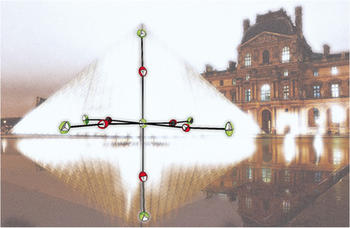Synthesis and Characterization of Nonclassical Interhalides Based on Bromine Monochloride
Benjamin Schmidt, Karsten Sonnenberg, Helmut Beckers, Simon Steinhauer and Sebastian Riedel – 2018
Due to a more distinct σ‐hole, BrCl is able to form stronger halogen bonds than those in polyhalogen anions based on Cl₂ and Br₂. This stabilization allows the crystallographic characterization of a variety of new polyinterhalides, in which chloride functions as the central ion as shown by the molecular structures of [AsPh₄][Cl(BrCl)₃] and [CCl(NMe₂)₂][Cl(BrCl)₅]. Furthermore, the solid‐state structure of an octahedrally coordinated nonclassical interhalide is reported for the first time. The tridecainterhalide monoanion [Cl(BrCl)₆]⁻ consists of a central chloride ion, which is coordinated by six BrCl molecules in a slightly distorted octahedral structure. All new compounds were characterized by single‐crystal X‐ray diffraction (XRD), NMR and Raman spectroscopy, as well as quantum‐chemical calculations.

